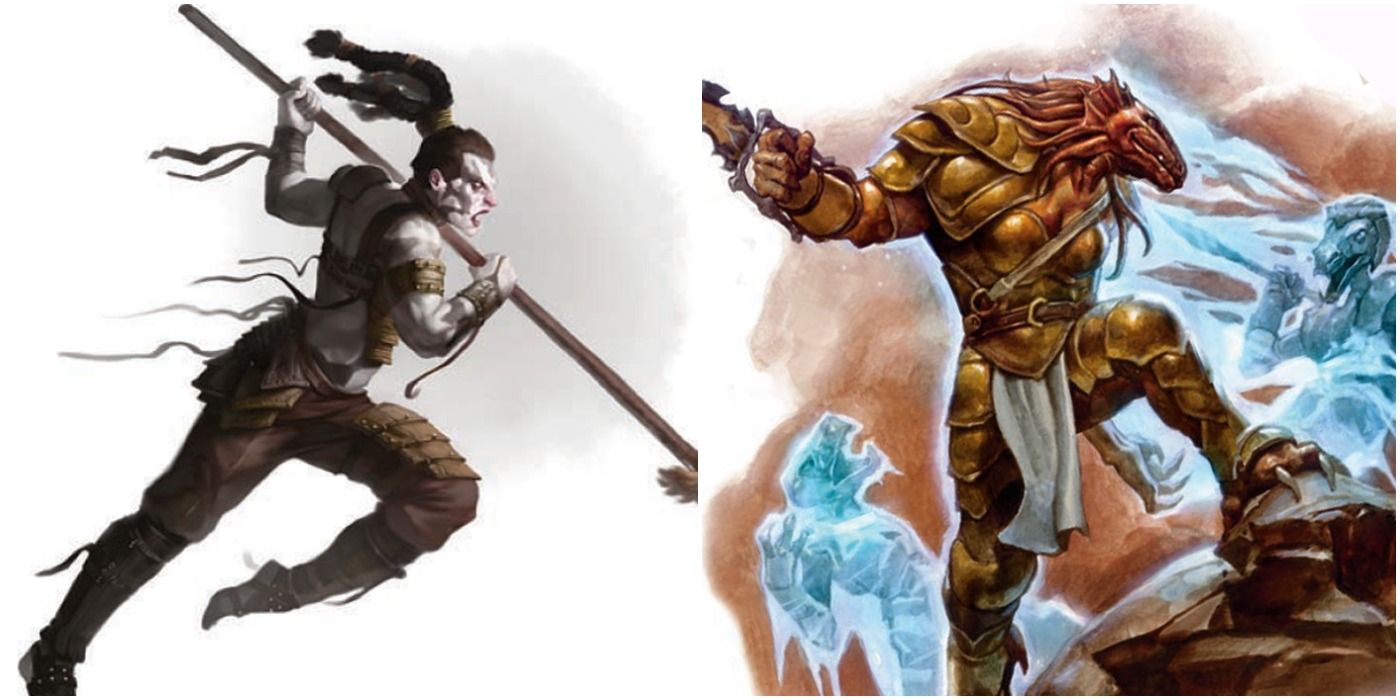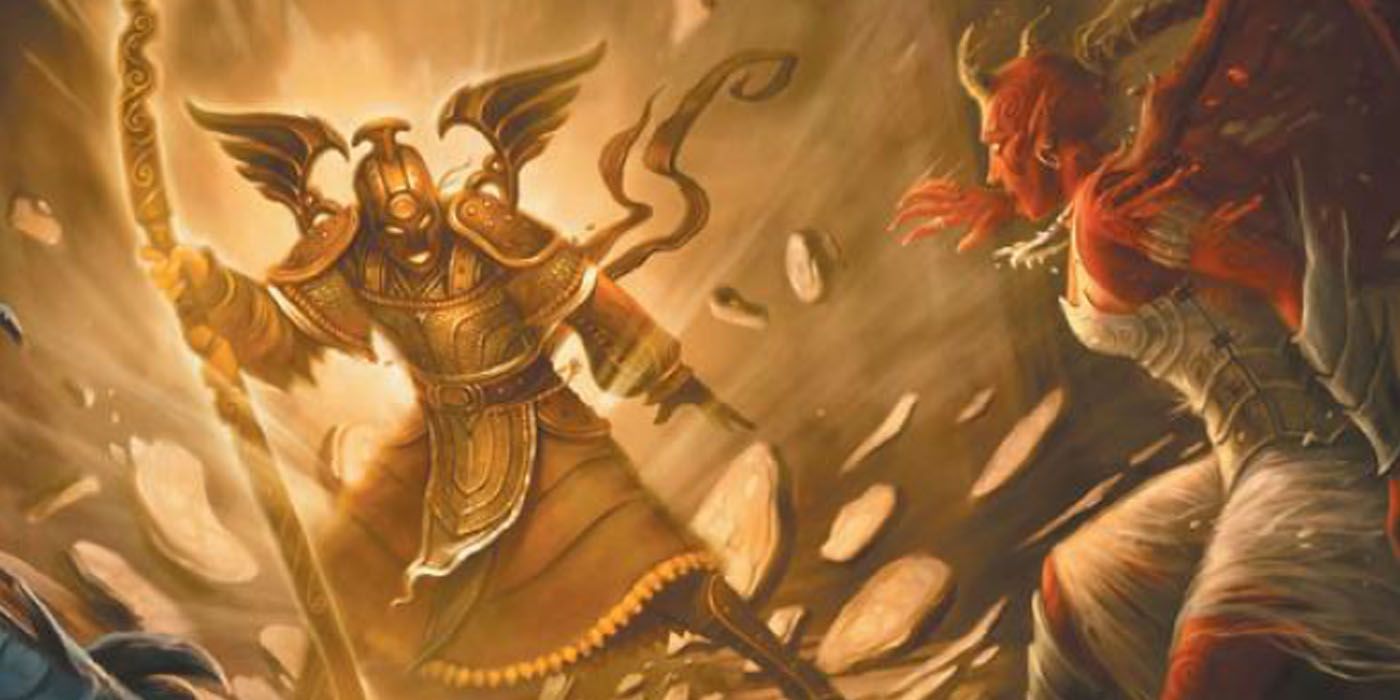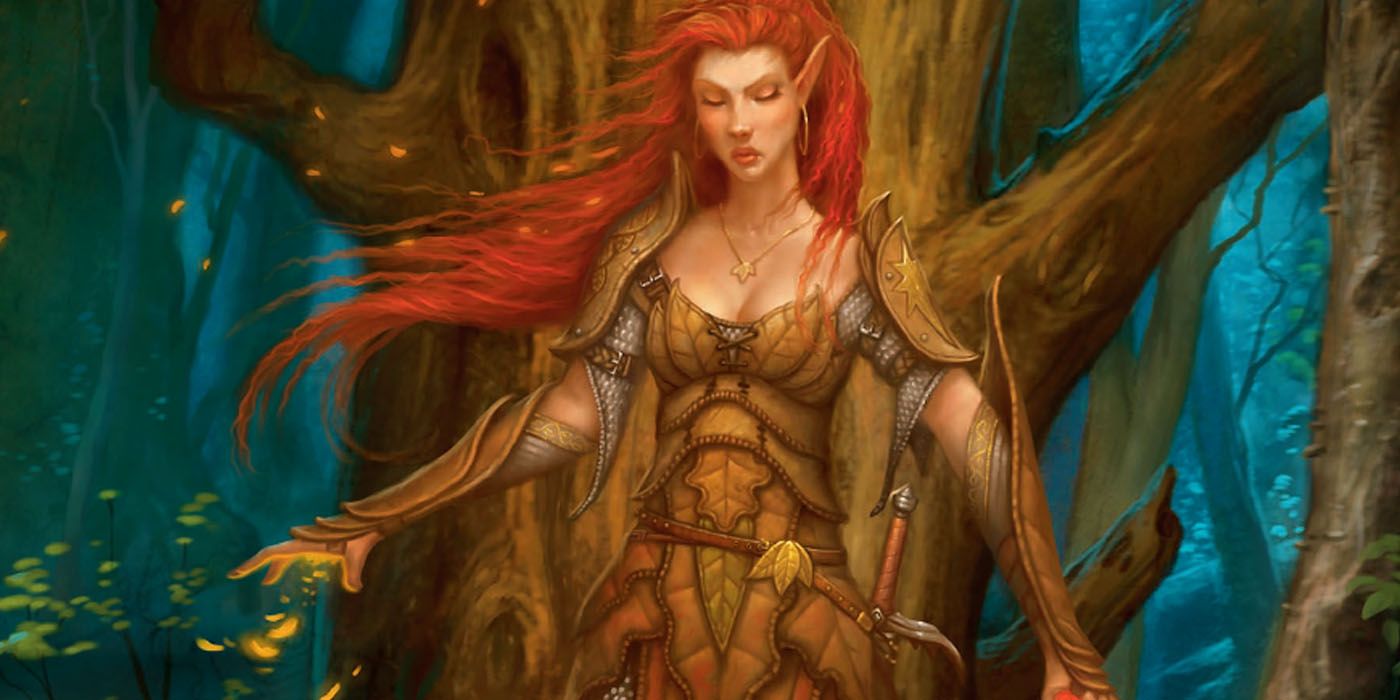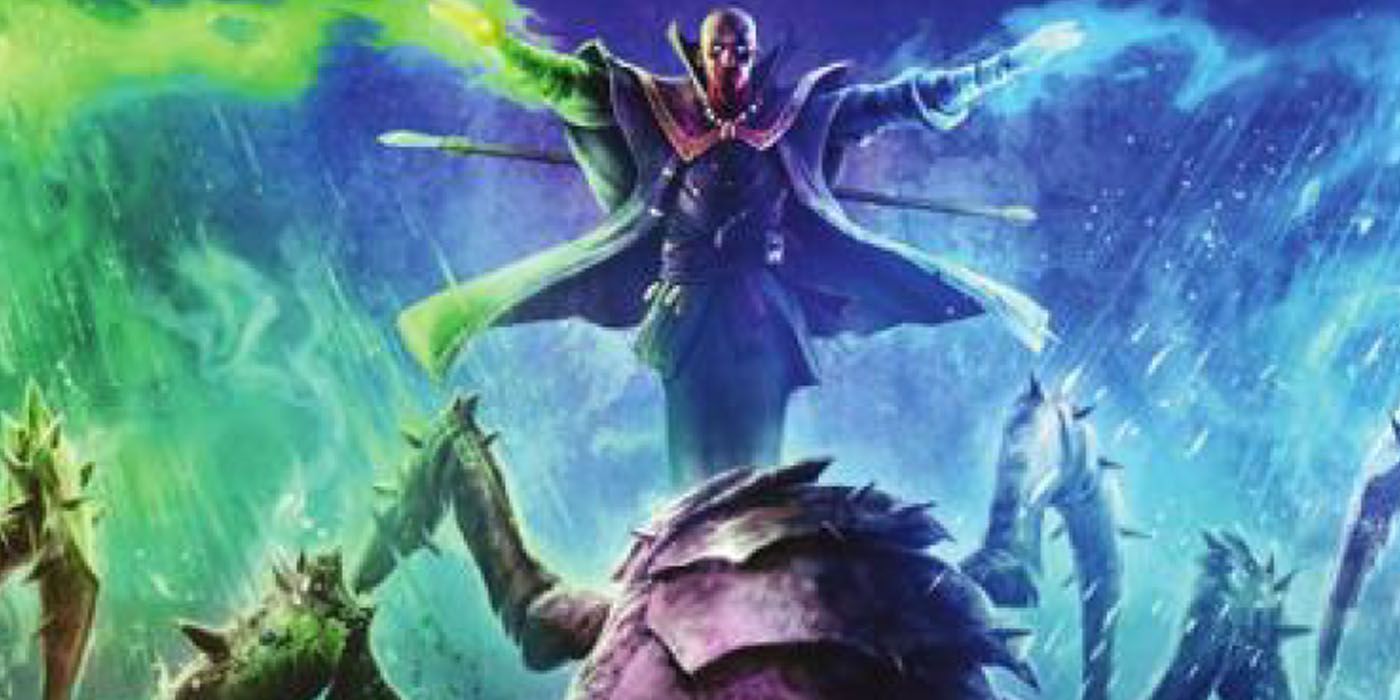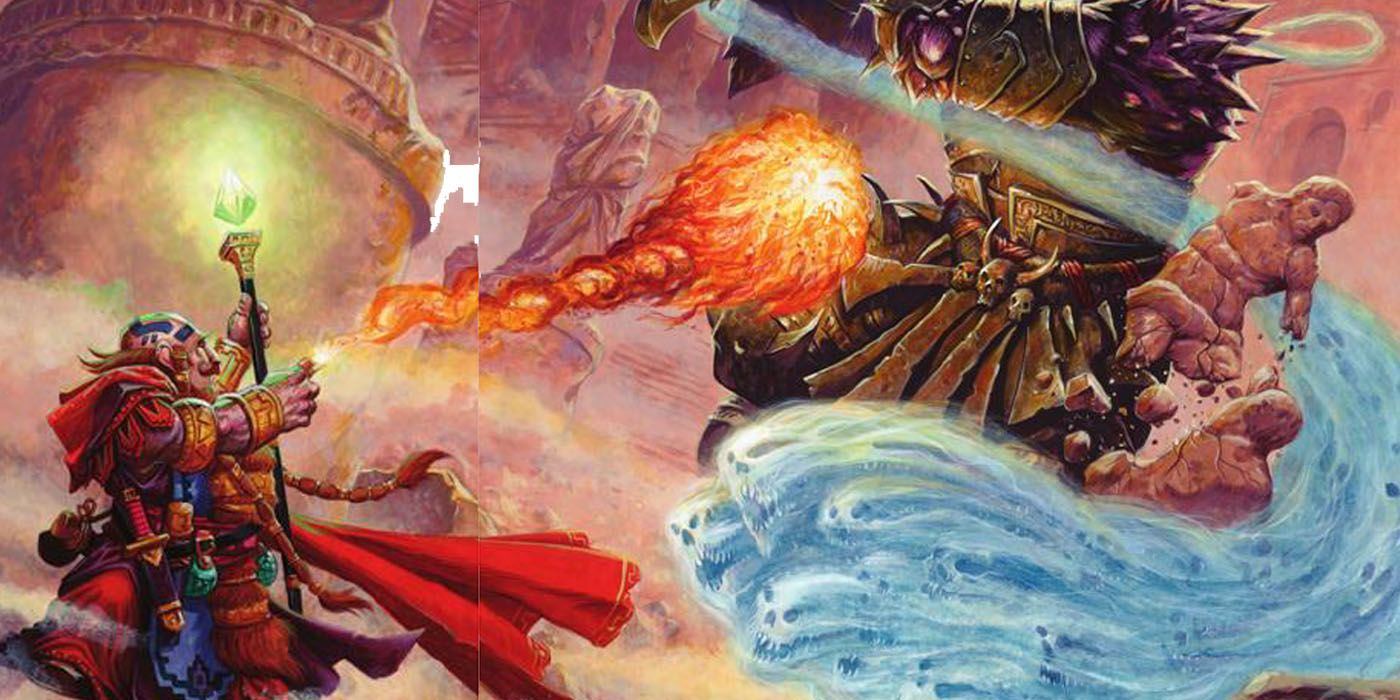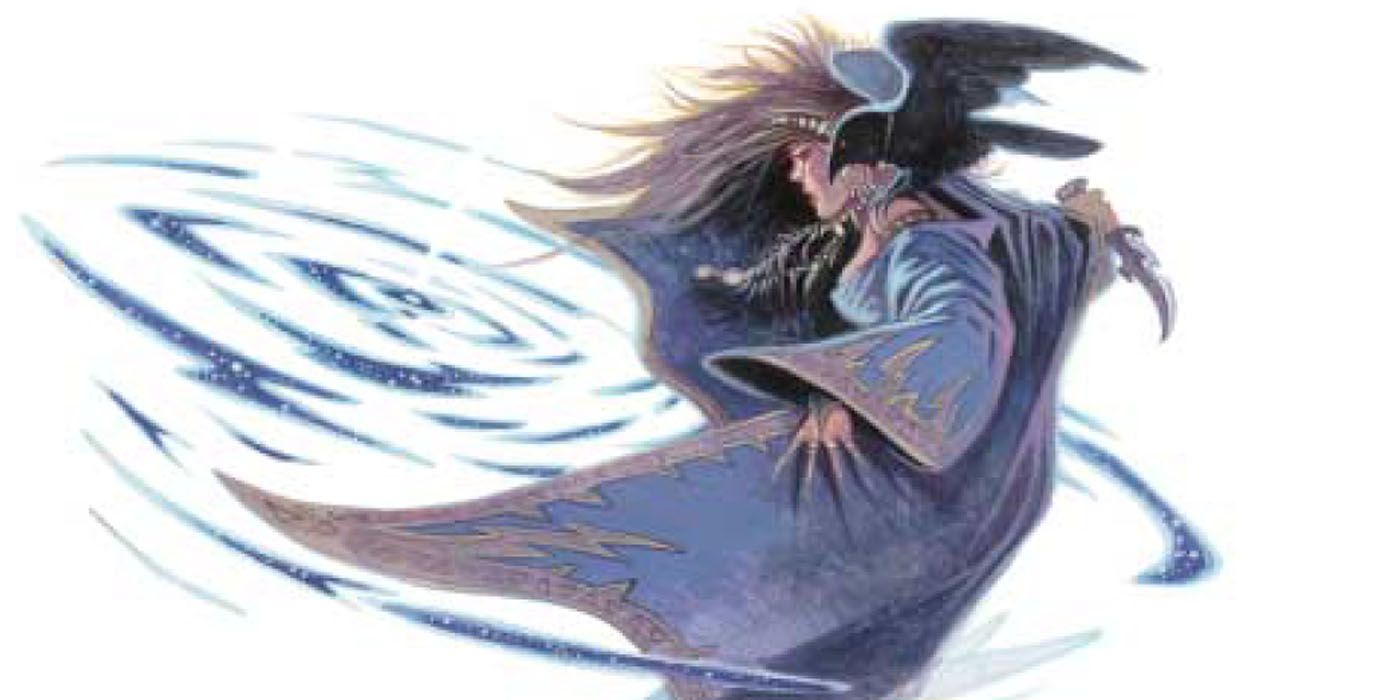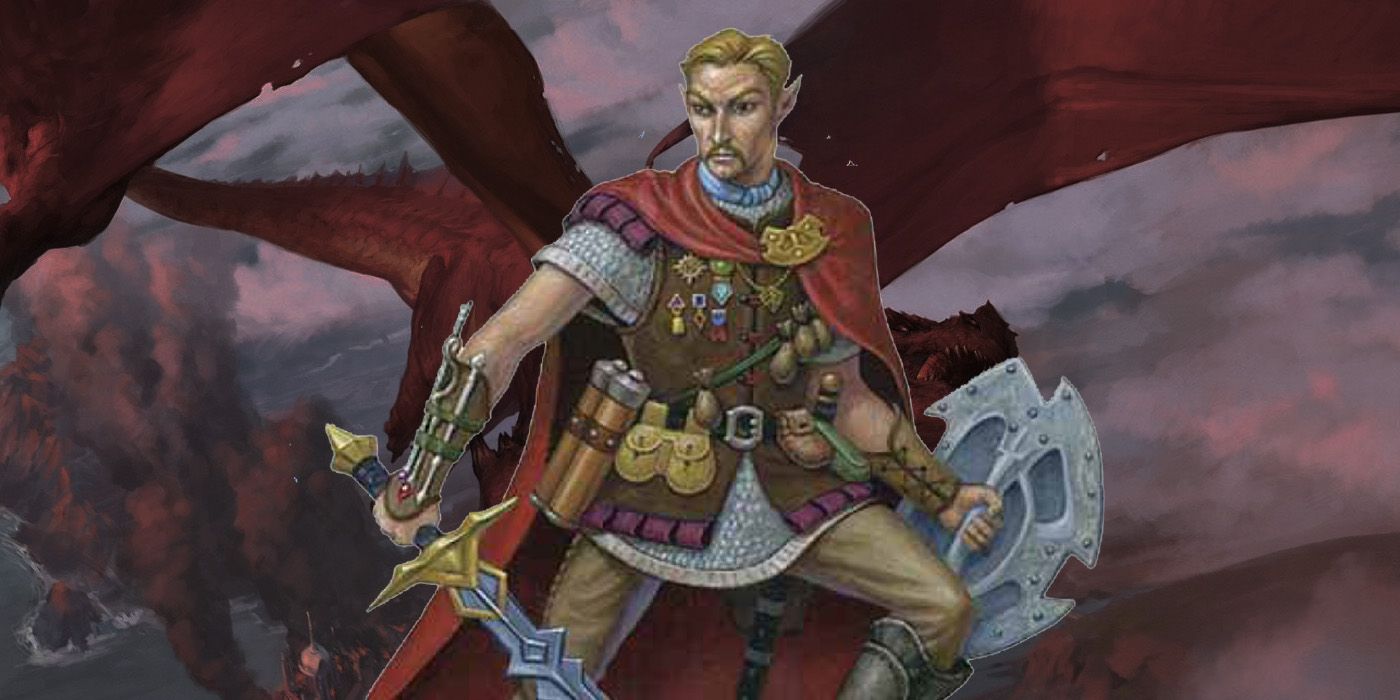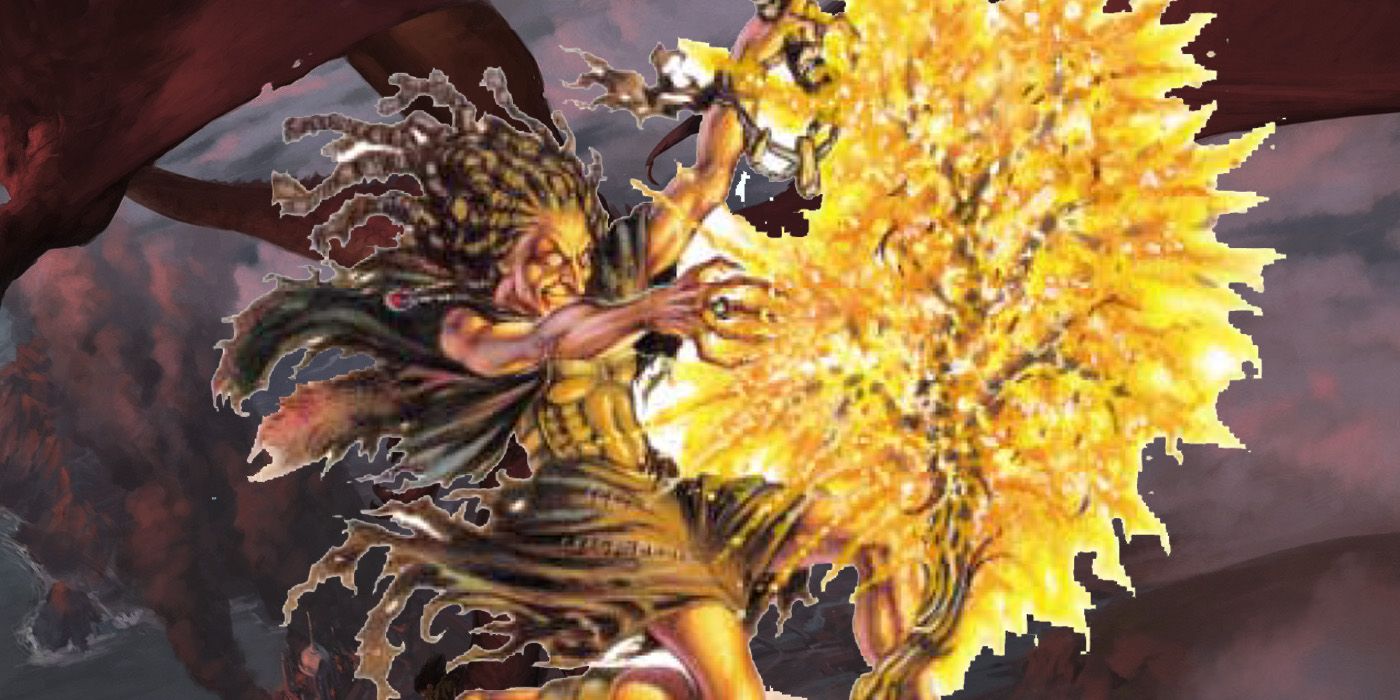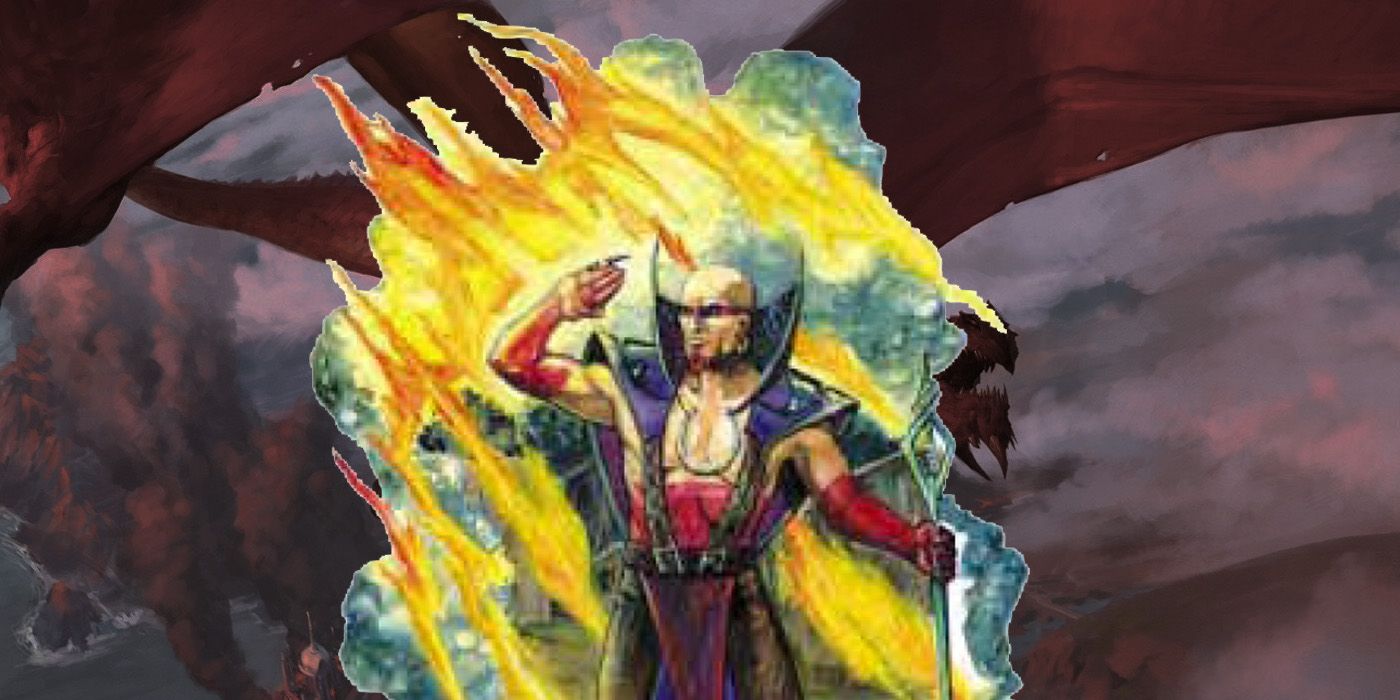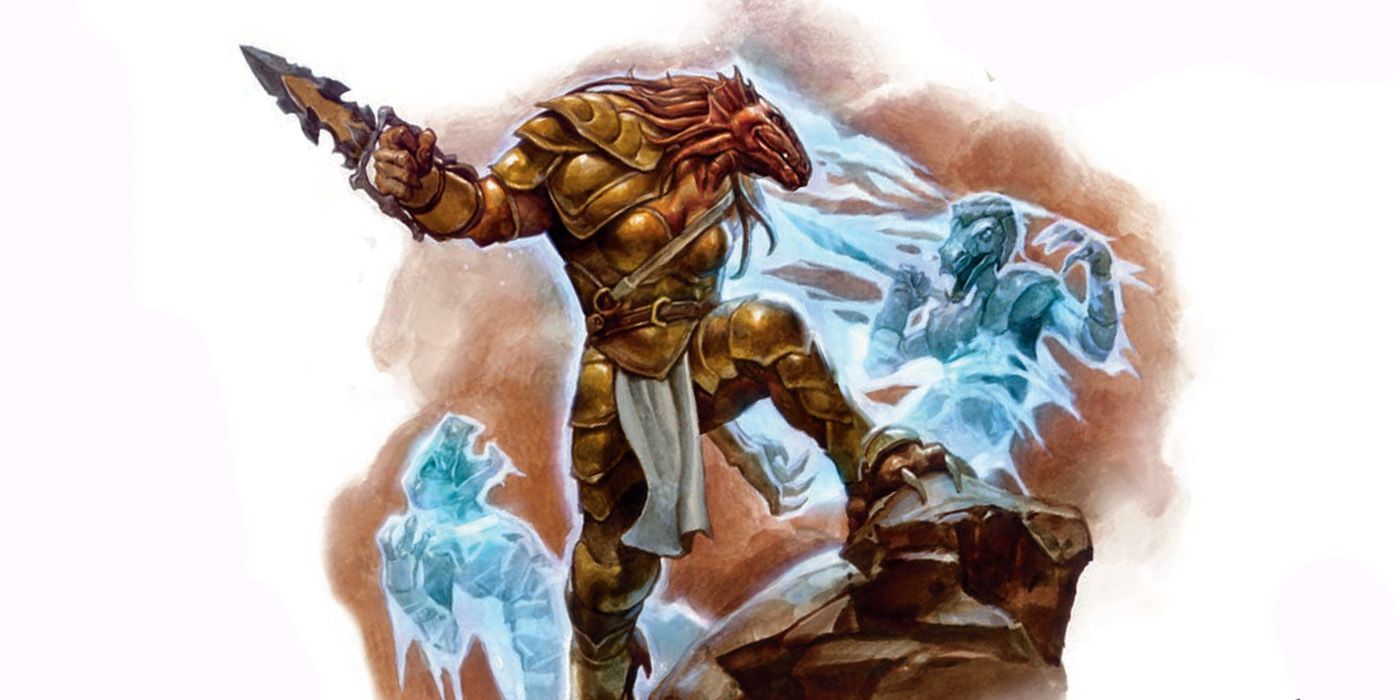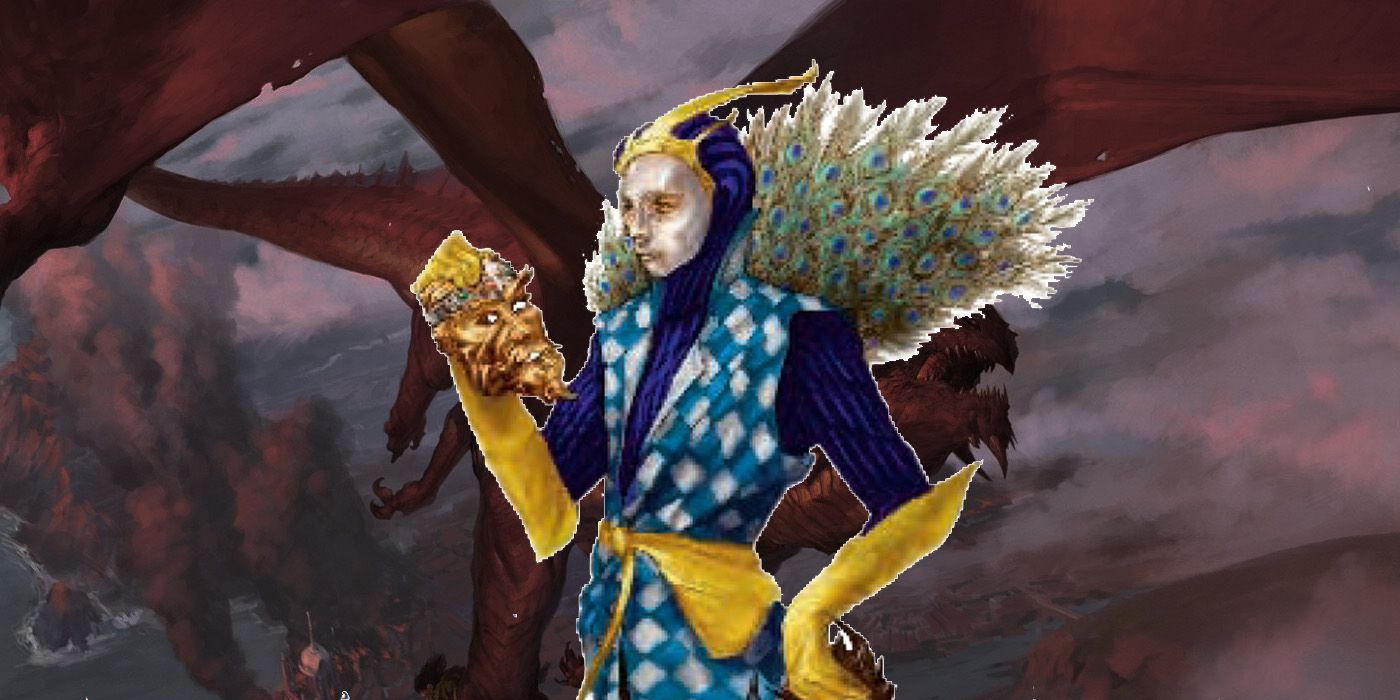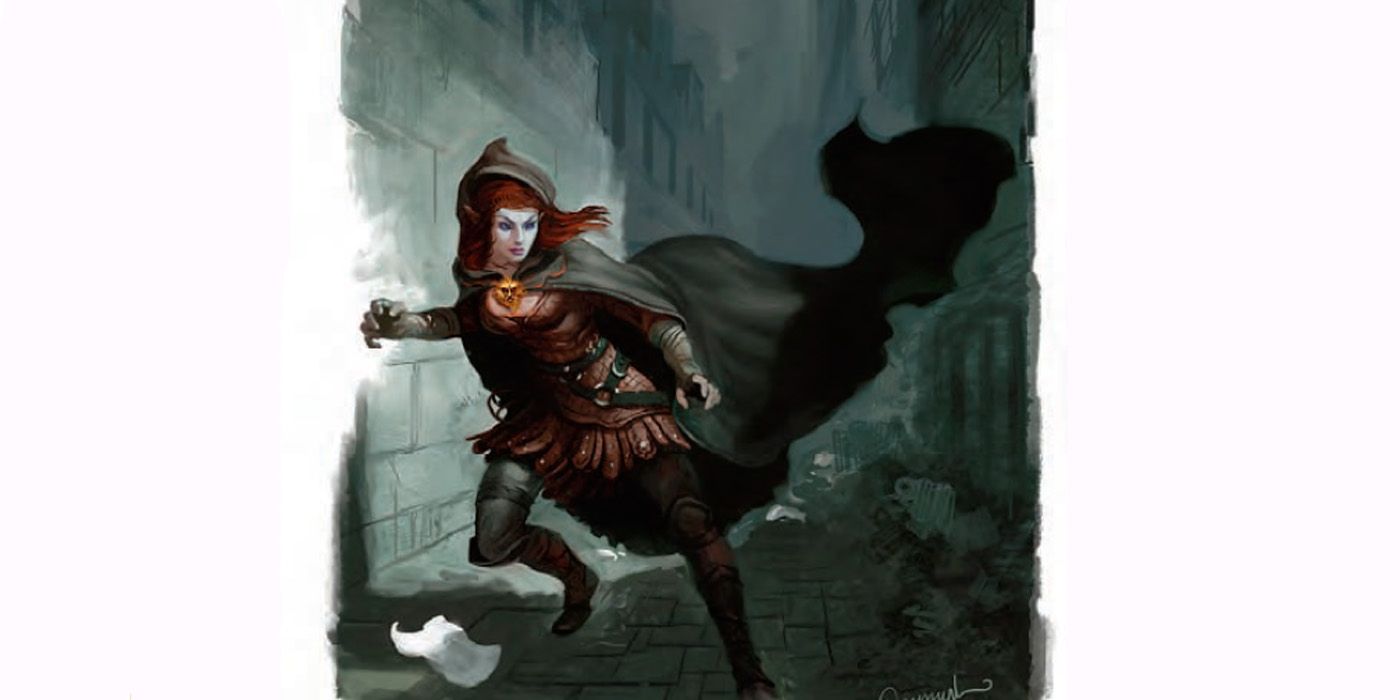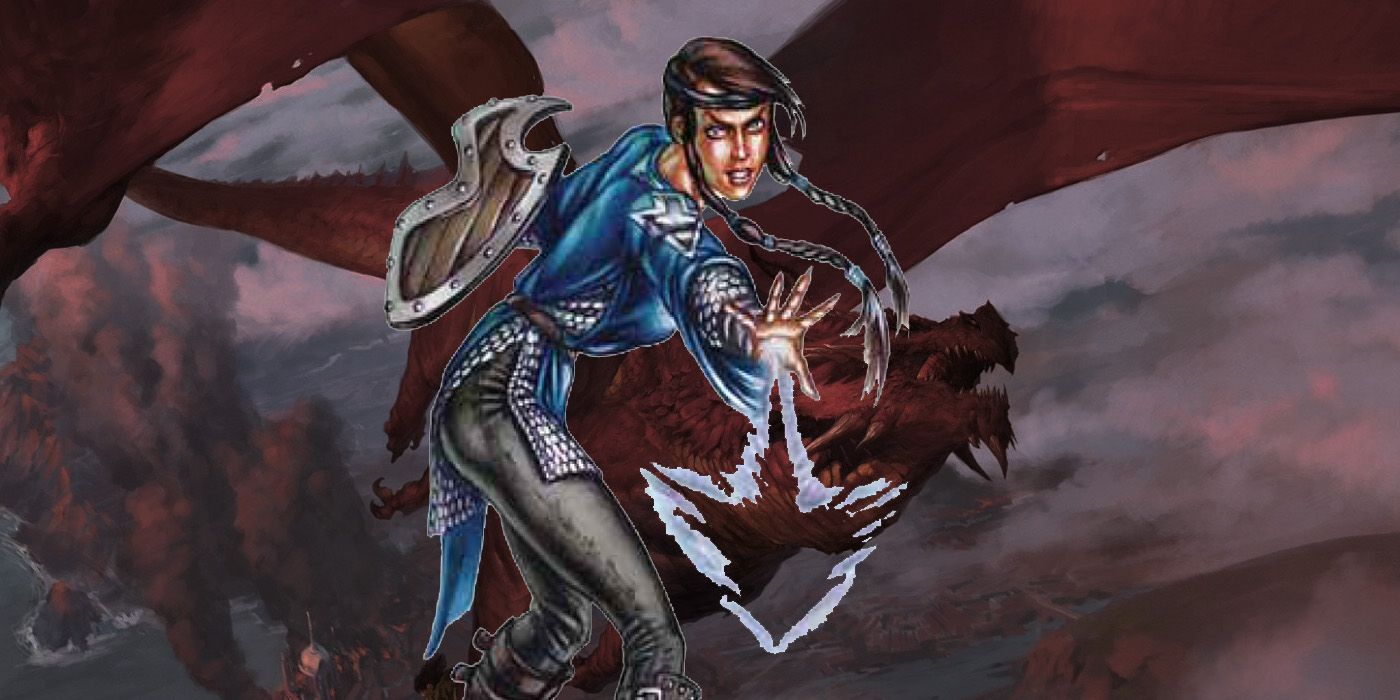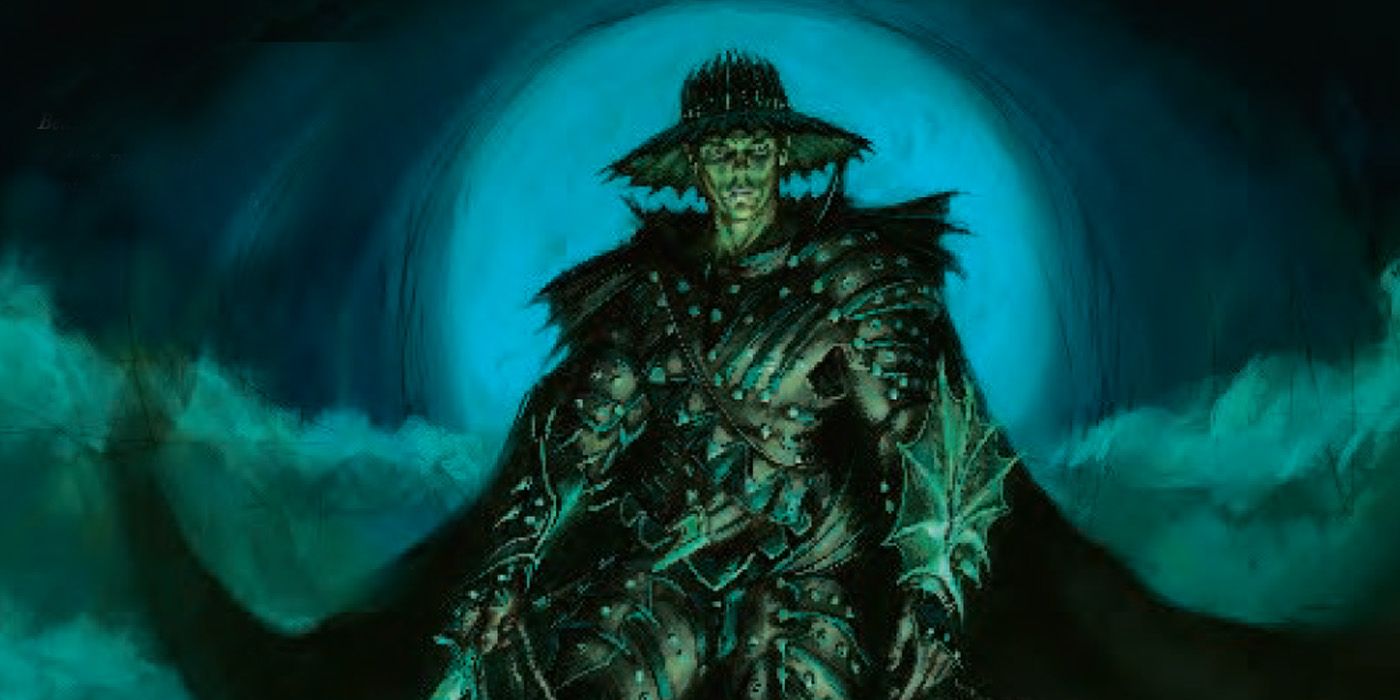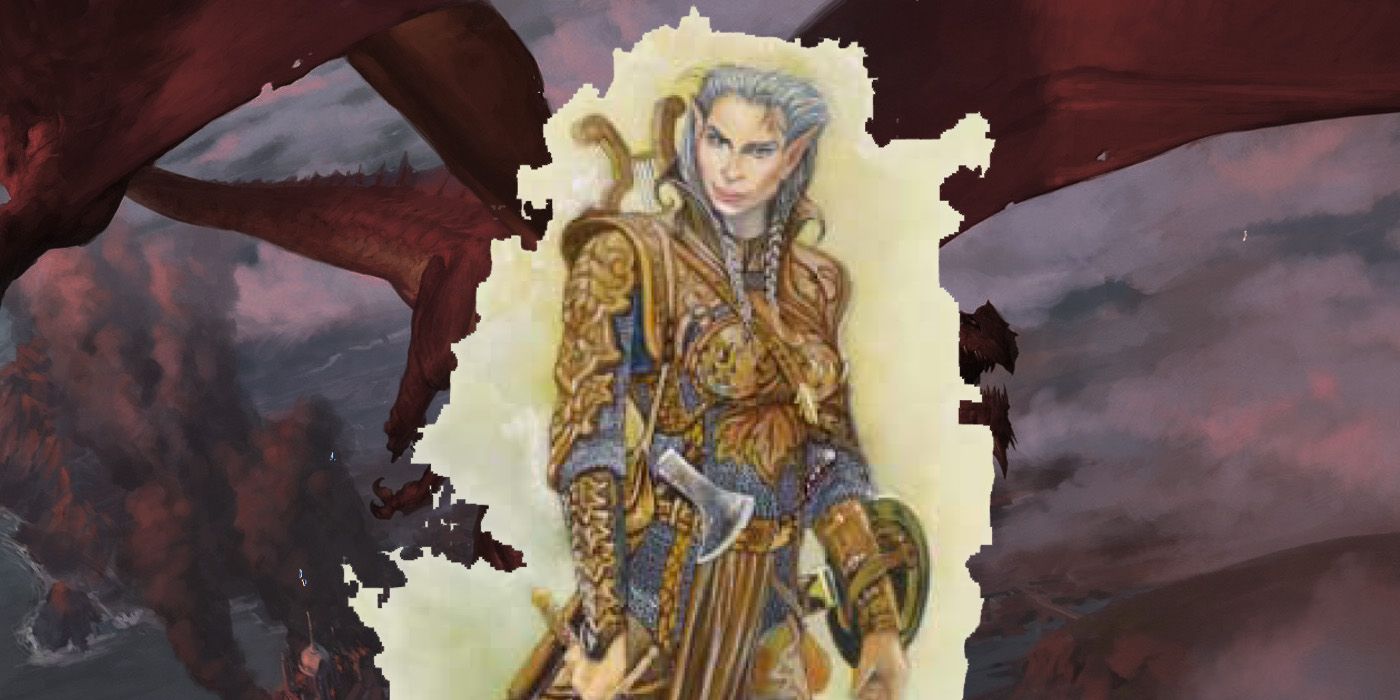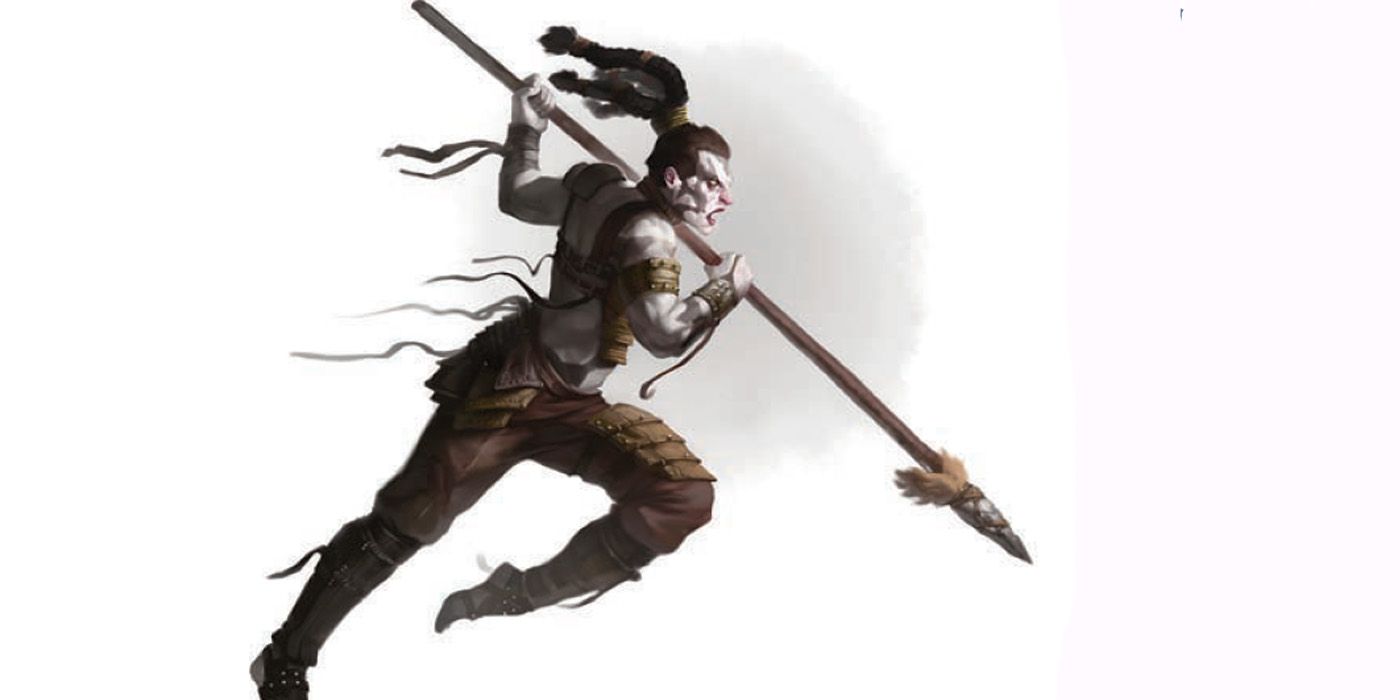Subclasses remain an integral part of Dungeons & Dragons, especially since they further expand the specialization of the game's various Classes. In each D&D edition, Subclasses try to further diversify combat roles and give each Class the opportunity to shine in numerous circumstances. As a result, a lot of Subclasses made a mark to such an extent that they remain staple archetypes in future editions.
Meanwhile, other Subclasses deemed too technical or niche didn't seem to make the cut to newer D&D editions. However, some Subclasses seem to have enough sophistication and features that they might just fit D&D 5e's current lineup. Which Subclasses could these be?
Edited on June 17, 2022 by Rhenn Taguiam: With the “Shadow Of The Dragon Queen” adventure book bringing Dungeons & Dragons fans back to the acclaimed 2nd Edition setting of Dragonlance, players of the TTRPG might be interested in trying to transport not just their characters but also their entire experience to the setting.
And what better way to play an authentic Dragonlance story than with characters that take cues from older editions of the game - particularly with their use of unique classes that may very well become Subclasses in the current 5th Edition?
15 Mystic Keeper
Known formally as the Mystic Keeper of Corellon Larethian, this Prestige Class was introduced in Dragon #328 released in 2005. Built specifically to Elven Clerics who worship Corellon, the Mystic Keeper allows characters to gain extra levels in their existing Divine Spellcasting Classes every even level for the purposes of gaining extra spells, further expanding their powerful protective arsenal. Not only that, but the Mystic Keeper can imbue their weapons with spells they can unleash, or project protective auras.
This kind of Subclass could be extended to D&D 5e, particularly for the Cleric. While the Cleric already has more than enough Divine Domains to choose from to gather Spells, gaining the Mystic Keeper’s ability to gain spells from other Domains or at least “switch” Domains to shuffle their arsenal can become a game changer.
14 Moonspeaker
Located in the realm (and campaign setting) of Eberron are some of the most compelling races and creatures in Dungeons & Dragons, chief among them are the Shifters who, after becoming a Moonspeaker, are capable of tapping into their shape-shifting capabilities to help channel the magic of the moon into the world. Chief among their capabilities are using the moon to fuel their magic, as well as the ability to summon various creatures.
The Moonspeaker can become a viable Druid Subclass, primarily for the Moonspeaker’s lunar focus and alternate “specialization” of summoning creatures instead of simply being able to change forms. This allows the Druid to have a more creative approach to their relationship with nature, being “channelers” of their energy to the outside instead of keeping them inside.
13 Incantatrix
The Faerun in the Forgotten Realms setting is home to some of the most intriguing magic in the D&D universe, as such it makes sense for the Incantatrix in the D&D 3.5 Magic of Faerun supplement book to capitalize on the mysteries of the realms beyond. Built specifically as a Metamagic Prestige Class, the Incantatrix focuses on modifying their Spells to make them more powerful. When one gains a level in Incantatrix, they gain another level in an Arcane Spellcasting Class for the purposes of getting new Spells but no other benefits.
However, what perhaps makes the Incantatrix a Subclass deserving of the 5e translation is how it can provide the Sorcerer with more incentives to use Metamagic. With the Incantatrix possessing expanded Metamagic feats, this can be a viable Sorcerer Subclass option that focuses on Metamagic options instead of typical Spells.
12 Mystic Theurge
Blurring the lines between their Divine and Arcane influences, the Mystic Theurge, introduced in the D&D 3.5 Dungeon Master’s Guide, capitalizes on their connections with various plains to gather a plethora of diverse Spells. Due to their capabilities of gathering powers from these sources, they’re mechanically treated as a constant Multiclass of one Arcane and one Divine Spellcaster. Similar to the Mystic Keeper, getting a Mystic Theurge level immediately grants them +1 Level of their chosen Divine and Arcane Spellcasting Classes for the purposes of getting new Spells, but no other benefits are gained.
This Subclass could easily become a powerhouse in D&D 5e. Not to mention, the balancing caveat of not getting any other benefits for the purposes of expanding their Spell lists from a Divine and Arcane source can force players to be more careful of their priorities in their build.
11 Daggerspell Mage
Located in the Complete Adventurer supplement of the D&D 3.5e set is the Daggerspell Mage, essentially combining the stealthy capabilities of the Rogue with the Arcane focus of the Wizard. In the lore, they use the quick movement of daggers to aid their spellcasting, with their training enabling them to become spies first before mages. This Prestige Class allows users to infuse their magic into their daggers, being able to use and throw daggers imbued with Spells and other special effects.
While essentially just a Rogue in Wizard’s clothing, the Daggerspell Mage can be an ideal Subclass for both the Wizard and the Rogue. Despite the fact that Hexblade Rogues already exist, the more “formal” magic focus of the Daggerspell Mage can offer an Arcane-oriented alternative to stealth that is largely absent from the Hexblade.
10 Abjurant Champion
In D&D 3.5e, the Abjurant Champion becomes the defensive equivalent of the balanced Eldritch Knight. As a result, Abjurant Champions improve the power of useful Abjuration Spells to use them beyond their defensive functions. In turn, some players may consider the Abjurant Champion as an interesting Class on their own.
For instance, Extended Abjuration and Swift Abjuration augments the potency and speed of their Abjuration Spells. Moreover, Abjurant Armor and Arcane Boost now allow Abjurant Champions to boost their AC and other combat abilities with both their Spells and their own Spell Slots. As a result, the Abjurant Champion can serve as a decent Wizard or Fighter Subclass.
9 Blighter
Druids who turn away from protecting nature might end up causing its destruction. Unlike Druids, Blighters become the very representation of nature's destruction, with this 3.5e Prestige Class needing to use their Deforestation Feature to kill plant-life in order to use its other special abilities. In turn, 5e could use the Blighter as a more complicated and darker Druid Subclass.
Blighters tap into Blightfire to start their own wildfires while Sustenance makes them immune to hunger and thirst. Meanwhile, a Blighter who grows in power soon taps into forces of undeath, capable of communicating, animating, unbending, and transforming into undead. At their prime, Blighters may even spread diseases.
8 Fatespinner
Fatespinners have tapped into arcane sources to fully realize the machinations of probability - to the point of being capable of controlling their own destinies, to some degree. As a result, these Spellcasters can bend "luck" and "misfortune" to their whims, capable of creating bizarre situations. This 3.5e Prestige Class fits as a Subclass of the Sorcerer best, given their "wild" natures.
Interestingly, Fatespinners do their "magic" with Spins, which they can use to do a variety of things. For instance, Fatespinners can use Spin to add points to rolls and Saves, force others and themselves to reroll, bestow roll penalties, or outright succeed in some checks.
7 Life-Stealer
Warlocks often make Pacts with Patrons in exchange for power, but rarely do they get the ability to steal the life essence of others. In 4e, the Life-Stealer Paragon Path lets Warlock do exactly that. As such, most of the Life-Stealers abilities involve an active lifesteal opponent, essentially removing the need for them to rely on healing Spells.
Their abilities include Infernal Action that deals damage over time. Meanwhile, Collect Life Spark enables them to collect life energy they can use to create different effects. Moreover, Life-Stealers can control beings they stole Life Sparks from!
6 Master Of Masks
Bards often rely on their charm and wit to amuse or irritate people around them. Meanwhile, Rogues simply have to let their nimble fingers do the work. However, the 3.5e Prestige Class called the Master of Masks adds a chilling Spellcasting component to the art of subterfuge. Essentially, Masters of Masks have access to Persona Masks that grant them access to various useful Spells.
In turn, Masters of Masks can portray archmagi, assassins, jesters, and even lords just by switching their masks. They eventually become Mask Specialists and Many Faces, improving the potency of their abilities and may even use masks simultaneously. As such, Master of Masks may fit as a charismatic Rogue Subclass.
5 Shadowspy
In D&D 3.5e lore, the Shadowspy serves Pelor's Shadow Guard, an elite cadre of warriors that use the shadows to uphold the forces of light and good. However, 5e's Clerics and Rogues may benefit from the Shadowspy, as this Prestige Class largely revolves around hiding in plain sight. Aside from their Spellcasting abilities, Shadowspies don't need complicated Cleric weapons. Instead, they use the light itself to mask themselves and their objectives, and even reveal information about their targets.
For instance, Aura of Anonymity, Veil of Pelor, and Personal Eclipse actively hides the Shadowspy. Moreover, Radiance of Pelor and Blinding Light actively use light to blind enemies. Meanwhile, Truth of the Light, Sun's Revelation, and Vision of Pelor let Shadowspies use the light to uncover illusions and lies.
4 Soulbow
Whereas the Soulknife taps into their psychic abilities to generate blades of psychic energy, the Soulbow uses their psychic prowess to generate psychic shafts with the force of a launching arrow. As a result, 3.5e's Soulbow Presitge Class primarily uses their Mind Arrow, a psychic equivalent of a composite bow arrow.
In turn, much of the Soulbow's Features explore the Mind Arrow's abilities. For instance, the Mind Arrow can receive enhancements, as well as work with arrow-focused Feats. Moreover, Soulbows may eventually use their Mind Arrows in close combat. Lastly, Soulbows can have their arrows pass through objects until they hit their target. As a result, Soulbows may work as a Subclass for the versatile Ranger.
3 Vigilante
Vigilantes take justice into their own hands, and D&D 3.5e's iteration of this Prestige Class enables players to do just that. Essentially, Vigilantes use a mixture of mundane and magical techniques to investigate crimes and exact justice on evildoers. As a main hook, Vigilantes have access to a myriad of features and Spells tailored to their flavor as lawless fighters.
In turn, Vigilantes can cast Detect Evil at will, have better Streetsmarts, and perform Smites against the guilty. Eventually, searching and hiding become quick actions for them, and may even withstand negative effects. These abilities make the Vigilante a perfect Rogue or Fighter Class, especially in urban adventures or in search for ancient artifacts.
2 War Chanter
Various Bards inspire their comrades and audiences through remarkable feats, talents, and stories. However, rarely do Bards enter the battlefield of war themselves. Thankfully, armies can rely on the 3.5e War Chanter to inspire them with roars and howls of combat. Unlike other Bards, War Chanters rely on War Chanter Music to create songs and combine them for various effects. In turn, the War Chanter can serve as a great Bard or Cleric Subclass, especially when fighting powerful NPCs.
In turn, the War Chanter's abilities focus on turning chants into various inspirational feats. For instance, War Chanters can Inspire Toughness (for Temporary HP), Recklessness (decrease AC to increase attack), Awe (to horrify enemies), and Legion (increase abilities as a unit).
1 Wildrunner
A Barbarian's connection with their home's primal energies can grant them ferocity and speed unlike no other. In turn, 4e Paragon Path the Wildrunner endows Barbarians with ferocious speed and mobility that grants them various bonuses, especially when raging. Essentially, Wildrunners can now move spaces after attacking and even gain bonuses to attacks and saves while in Rage.
Moreover, much of the Wildrunner's special attacks grant them the ability to shift squares. In turn, this Wildrunner fits the Barbarian in 5e, especially as a Subclass that focuses on mobility and movement. Essentially, Wildrunner Barbarians can become the equivalent of mobile tanks - pulverizing enemies before they even strike down allies.

